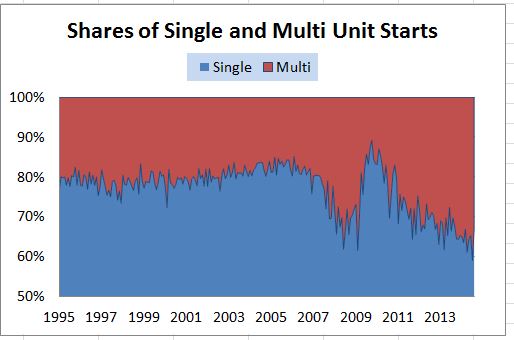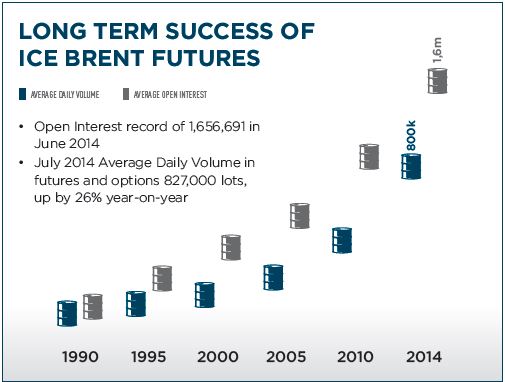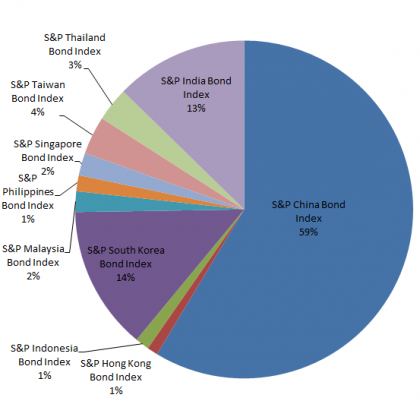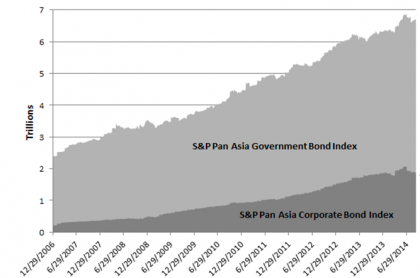Alibaba appears to have seized the 2014 prize for the biggest IPO price jump – from $68 to $93 on the first trade – as well as driving more speculation about its possible membership in the S&P 500 than anything since Facebook. Unlike Facebook, Alibaba is a Chinese company and is not eligible for membership in the S&P 500. (It is likely to find its way into various S&P and Dow Jones Chinese stock indices at some point.) In response to the questions about the S&P 500, S&P Dow Jones did issue a press release on September 12th to clarify while Alibaba is listed on the New York Stock Exchange, S&P Dow Jones considers Alibaba to be a Chinese company.
So how did the most talked about IPO of the year end up on the NYSE? Alibaba is incorporated in the Cayman Islands and trades on the NYSE as an ADR. Behind this is an unusual corporate structure with a series of companies which result in the shareholders having very little say about the board of directors, the management or anything else about the company. The vast majority of Alibaba’s business is in China so one might think that the logical place to list would have been Shanghai or Shenzhen – China’s two stock exchanges. Listing in China would have meant the stock would be inaccessible for investors outside of China and might have limited the buying at the IPO. Hong Kong would have been possible except that the Hong Kong Exchange has stricter rules about corporate governance than the NYSE; Hong Kong declined the listing. Alibaba is not the first tech company to take advantage of the less strict corporate governance at the NYSE or NASDAQ. Both Google and Facebook have multiple classes of shares with a super-voting class that assures insiders keep control of the company. While Google and Facebook offer more transparency than Alibaba, the management is firmly in control.
Transparency for investors did score a victory last week in another place. CALPERS, California’s public employees’ pension system, the largest pension system in the US, announced it would sell all its hedge fund positions over the next year. CALPERS noted that returns haven’t met expectations, that the fees are quite high and that there is no transparency — investors don’t know what is being done with their money- they can only hope for returns. One wonders whether CALPERS, or other pension plan that eschew hedge funds, will consider buying Alibaba ADRs.
The posts on this blog are opinions, not advice. Please read our Disclaimers.











